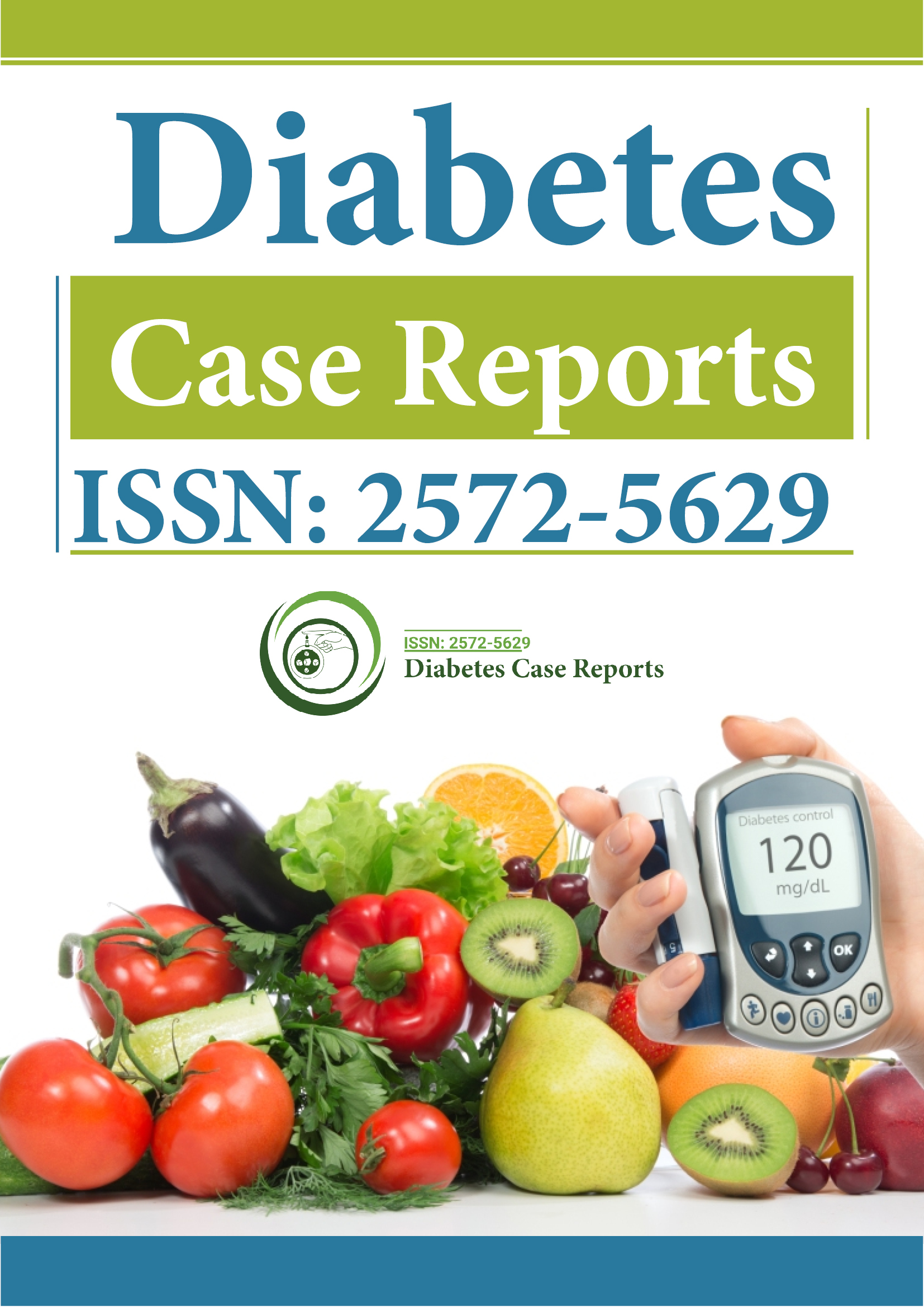Indexed In
- RefSeek
- Hamdard University
- EBSCO A-Z
- Euro Pub
- Google Scholar
Useful Links
Share This Page
Journal Flyer

Open Access Journals
- Agri and Aquaculture
- Biochemistry
- Bioinformatics & Systems Biology
- Business & Management
- Chemistry
- Clinical Sciences
- Engineering
- Food & Nutrition
- General Science
- Genetics & Molecular Biology
- Immunology & Microbiology
- Medical Sciences
- Neuroscience & Psychology
- Nursing & Health Care
- Pharmaceutical Sciences
Perspective - (2025) Volume 10, Issue 2
Environmental Factors That Influence Blood Glucose Trends
Felix Tanaka*Received: 26-May-2025, Manuscript No. DCRS-25-29622; Editor assigned: 28-May-2025, Pre QC No. DCRS-25-29622 (PQ); Reviewed: 11-Jun-2025, QC No. DCRS-25-29622; Revised: 18-Jun-2025, Manuscript No. DCRS-25-29622 (R); Published: 25-Jun-2025, DOI: 10.35841/2572-5629.25.10.241
Description
Understanding how daily surroundings impact health has become increasingly important in discussions about long-term conditions, including those related to glucose regulation. Although personal habits like food intake and physical movement are commonly emphasized, the spaces in which people live, work, and socialize often play an invisible yet significant part in shaping outcomes. Environmental influences may appear less direct, but their effects can quietly steer behaviors that either support or complicate health goals.
Urban areas often introduce both challenges and opportunities for those managing irregularities in blood sugar levels. On one hand, cities tend to offer greater access to healthcare services, markets with nutritious options, and public spaces designed for physical activity. On the other hand, many urban neighborhoods present obstacles such as limited green space, unsafe walking conditions, or an oversupply of highly processed, inexpensive foods. These conflicting elements make it more difficult for residents to maintain supportive habits consistently.
Transportation systems also affect health management. In regions where public transport or walking is part of daily life, people are more likely to remain active without requiring formal exercise routines. In contrast, areas that depend heavily on personal vehicles often result in reduced overall movement. This lack of daily motion can influence how the body uses glucose. Extended periods of sitting, whether during commuting or office work, also contribute to this effect, especially when combined with meals high in refined carbohydrates.
Work environments are just as influential. Jobs that demand irregular hours such as night shifts or rotating schedules can disturb natural sleep-wake patterns, making it harder for the body to regulate sugar. Similarly, workplaces that do not provide healthy food choices or do not allow time for regular meals may encourage inconsistent eating patterns. Vending machines filled with sweetened snacks or long meetings without food breaks can cause individuals to delay meals or overconsume later in the day. Over time, these disruptions may influence overall well-being in ways that are hard to reverse.
Access to healthcare services is another key environmental factor. In some regions, particularly rural or under-resourced communities, it may be difficult to find regular medical support. Even when services exist, the cost of consultations, testing supplies, or medications may be too high for some people. Delays in diagnosis or gaps in follow-up care can increase the chances of complications. On the flip side, areas with strong community health programs and education initiatives often report better long-term outcomes, even when individual incomes are low.
Cultural attitudes within communities also affect how people respond to the condition. In some environments, there may be social stigma associated with using medications or following a specific diet. This can make individuals feel isolated or judged, leading them to hide their condition or neglect treatment. In contrast, communities that value wellness, group activity, and open conversation often create better support systems for those managing long-term conditions. Local events, group walks, or shared meal planning can offer valuable encouragement.
Another point to consider is access to digital tools and information. In today’s world, technology plays a role in how people learn about health, track their condition, or connect with others facing similar challenges. Environments with strong internet infrastructure and affordable devices make it easier for individuals to stay informed and engaged. Health applications, virtual consultations, and online communities provide helpful resources. Without these, people may struggle to understand their condition fully or keep up with recommended care practices.
Conclusion
In summary, while personal decisions are important in diabetes management, surroundings play a hidden but meaningful part in shaping those decisions. Whether it’s the design of a neighborhood, the pace of a workplace, or the culture of a community, each layer adds or removes barriers to good health. By paying closer attention to these influences and advocating for environments that support rather than hinder well-being, individuals and societies can work together toward better outcomes for all who face this condition.
Citation: Tanaka F (2025). Environmental Factors That Influence Blood Glucose Trends. Diabetes Case Rep. 10:241.
Copyright: © 2025 Tanaka F. This is an open-access article distributed under the terms of the Creative Commons Attribution License, which permits unrestricted use, distribution and reproduction in any medium, provided the original author and source are credited.
